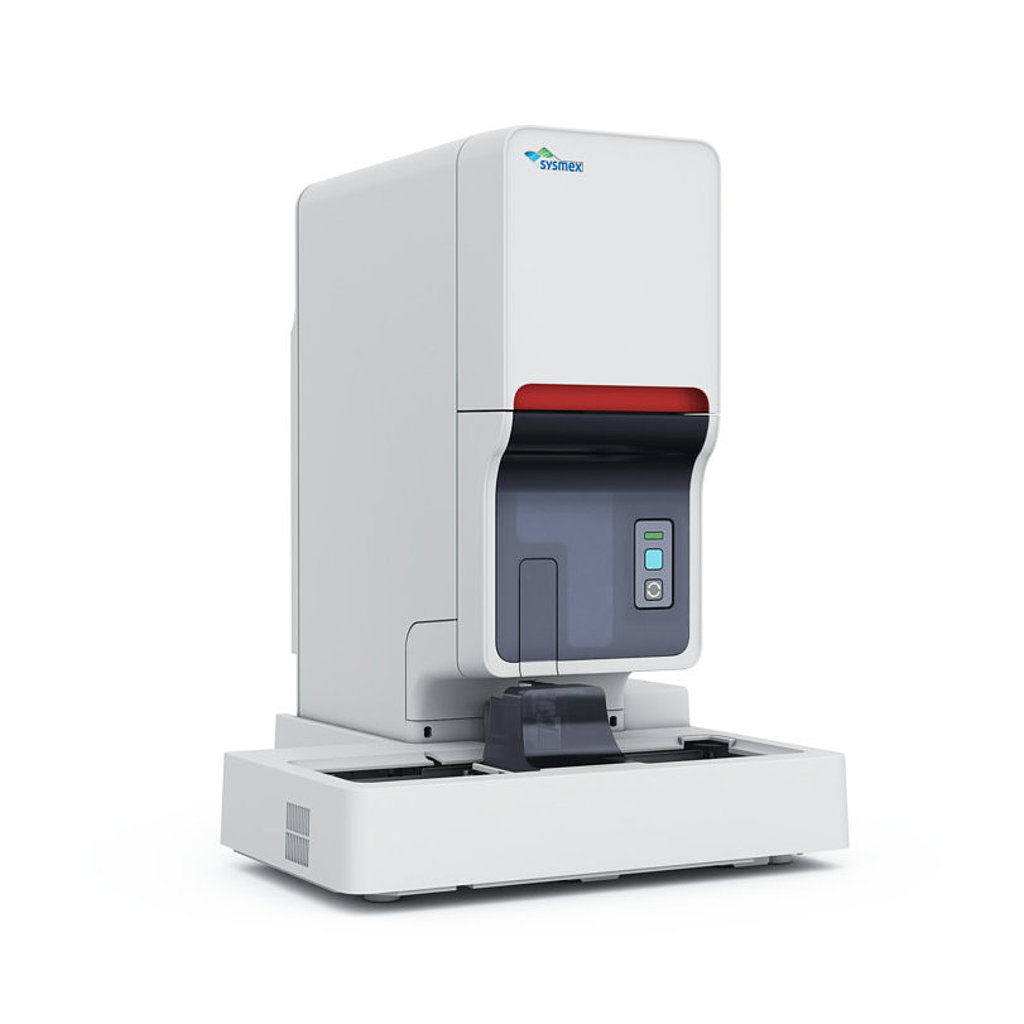Haematology Analyzer Prototype Tested for Field Malaria Surveillance
Posted on 15 Sep 2022
Simple and accurate diagnosis is a key component of malaria control programmes. Microscopy is the current gold standard, however it requires extensive training and the results largely rely on the skill of the microscopists.
Malaria rapid diagnostic tests (RDT) can be performed with minimal training and offer timely diagnosis, but results are not quantitative. Moreover, some Plasmodium falciparum parasites have evolved and can no longer be detected by existing RDT. Malaria kills about 500,000 people a year worldwide, and 90% of these deaths are in tropical Africa.

A team of Medical Scientists at the Osaka Metropolitan University (Osaka, Japan) working with their Kenyan counterparts conducted an observational cross-sectional study to compare the effects of blood sampling methods (venous versus capillary) and sample storage temperature and length on the performance of a prototype hematology analyzer in the detection of Plasmodium infections. Of 171 subjects enrolled in this study, 169 provided both venous and capillary blood samples for evaluation.
Capillary blood was used to prepare thick and thin blood smears for microscopic examination, and for RDT diagnosis using the SD Bioline Malaria Ag Pf/Pv RDT (Standard Diagnostics Inc., Gyeonggi-do, South Korea). Immediately after sampling, both capillary and venous blood samples were directly analyzed on the prototype XN-31p automated hematology analyzer (Sysmex Corporation, Kobe, Japan) using the low malaria (LM) mode. In LM mode, approximately 130 µL of blood is needed, although only 60 µL of the sample is used for analysis. For PCR diagnosis, DNA was extracted from a quartered blood spot (17.5 µL) using the QIAamp Blood Mini Kit (Qiagen, Hilden, Germany). PCR amplification of the Plasmodium mitochondrial cytochrome c oxidase III (cox3) gene was performed.
The scientists reported that the XN-31p, microscopy, RDT, and PCR detected 18, 16, 18, and 23 Plasmodium infections, respectively. One Plasmodium malariae infection was detected by microscopy while three Plasmodium ovale and one mixed infection of P. falciparum and P. malariae were detected by PCR. On the XN-31p, Plasmodium infections were detected in the same set of 18 samples using both capillary and venous blood; all were identified as P. falciparum except in one capillary blood sample where the species could not be specified.
Relative to PCR, the sensitivity and specificity of the XN-31p with capillary blood samples were 0.857 and 1.000, respectively. Short-term storage of capillary blood samples at chilled temperatures had no adverse impact on parasitaemia and complete blood counts (CBC) measured by the XN-31p.
The authors concluded that their study showed that in lieu of venous blood, capillary blood can be used directly without any pre-treatment or dilution for malaria diagnosis on the XN-31p automated hematology analyzer. Moreover, capillary blood can be stored at chilled temperature for up to 24 hours without adversely affecting malaria diagnostic and CBC results, broadening the appeal to utilize the XN-31p in a hub and spoke model as a rapid and accurate malaria diagnostic method for mass surveys and case confirmation in remote locations. The study was published on September 1, 2022 in the Malaria Journal.
Related Links:
Osaka Metropolitan University
Standard Diagnostics Inc
Sysmex Corporation
Qiagen














